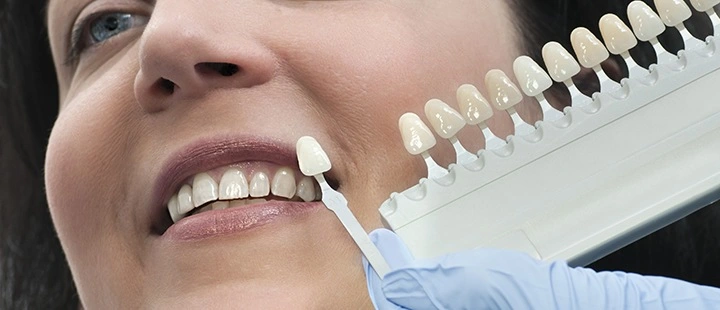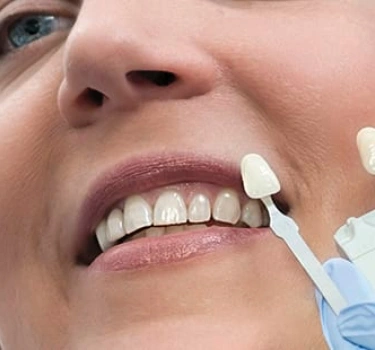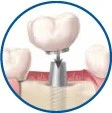Restorative Dentistry
“Restorative dentistry” is the term dental professionals use to explain how they replace missing or damaged teeth. Fillings, crowns (“caps”), bridges and implants are common restorative options. The goal is to bring back your natural smile and prevent future oral health issues.
Why restorative dentistry procedures are important
- Filling empty spaces in the mouth helps keep teeth properly aligned
- Replacing teeth makes it easier to maintain good oral care habits to help prevent plaque build-up and the problems plaque can lead to
- Missing teeth can affect your health, appearance and self-esteem
Restorative Dentistry Treatment Options Fillings
The most common way to treat a cavity is for your dentist to remove the decay and fill the tooth with one of several different materials. These filling materials include gold, porcelain, silver amalgam (which consists of mercury mixed with silver, tin, zinc and copper), tooth-colored plastic or composite resin.
Crowns
A crown is a tooth-shaped cap that is placed over a tooth. It is used to strengthen and protect your tooth structure. Your dentist prepares the tooth, takes an impression and the crown is made in a lab by a specialist.
A crown is ideal for people with broken teeth or cavities.
The crown is cemented into place over the damaged tooth.
Bridges
A dental bridge "bridges" the gap where there are missing teeth. A bridge has a crown on each end as an anchor with an artificial tooth or teeth connecting the crowns and filling the space. A bridge can keep your other teeth from moving out of place. Once a bridge is placed, it works just like your natural teeth.
Dental Implants
Dental implants are used to replace missing teeth. An implant has 2 parts: a metal anchor and a false tooth, similar to a crown. A dental implant looks and feels like a natural tooth.
The metal anchor is inserted into the jawbone.
After the anchor has been inserted, a false tooth is put into place.
Tips for taking care of your restorative dentistry work
- Brush your teeth thoroughly twice a day.
- Electric toothbrushes can help remove plaque from your teeth and restorative work.
- Make sure to floss around your teeth, dental implants, crowns, and bridges every day.
- Try not to chew on hard or sticky foods. These can damage your implant, bridge, or crown.
- Use an antibacterial mouthwash to help fight plaque bacteria around restorative work.
SHARE








